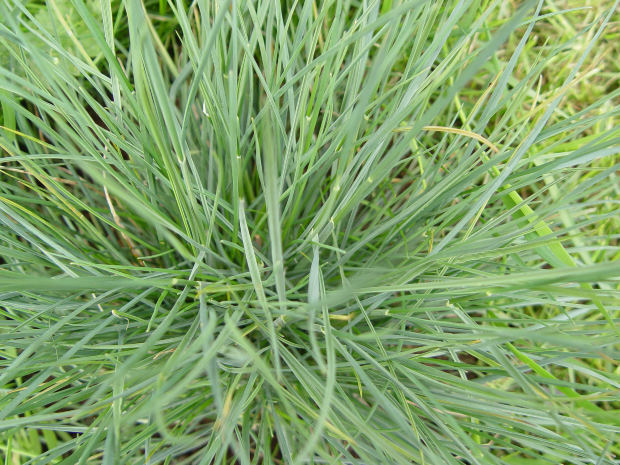50% Off First Application¹
Call 1-855-940-1479
and connect with a TruGreen consultant
Fescue Grass Works in Cool Climates
If you live in the Northeastern, Northwestern, or Midwestern U.S., you’ve likely seen a lot of fescue grass in your lifetime. Originally adapted to transition between Canada and the U.S., fescue grass is one of the cold-heartiest grasses sold commercially and it’s a great choice for a low-maintenance, high-quality lawn.
Homeowners choose fescue for a variety of reasons, including:
– It’s highly drought tolerant
– It can withstand less sun and more shade than other grass species
– It’s easily mixed with other seed varieties to strengthen a lawn
– It generally stays green all year round
Fescue is extremely popular in Maine, New York, New Jersey, Pennsylvania, Washington, Idaho, Illinois, and Indiana, and in many cities and states in between. It’s not an ideal choice for Southern or Southwestern climates as the hot weather and humid temperatures aren’t perfect for fescue growth.
What to know about Fescue
There are over 300 species of Fescue grass available in the United States, the most common of which include Tall Fescue, fine fescue, creeping fescue, red fescue, and hard fescue. Aside from red fescue which is slightly ruddy in color, the popular species are difficult to tell apart.
The great news about fescue grass is that it’s about as low-maintenance as grass can be. Rather than sodding, it’s advisable to seed with fescue seed or a mixture-blend like Kentucky Bluegrass and Fescue combined. Be careful not to overseed – fescue needs room to grow.
Healthy fescue will grow well in a variety of wet or dry conditions and even in nearly full shade. If left untouched, most fescue grass will only reach about 3” in height so it doesn’t need to be mowed quite as frequently as other grass species. As with any lawn, be careful not to mow too short.

How to choose a fescue variety
If you’re considering a fescue grass lawn, it’s always smart to talk to a lawn care professional before seeding. Your local lawn care provider can answer any questions you may have about Fescue grass and other varieties that may work well in your climate zone.
There are a few downsides to fescue grass, as hearty as it is.
- Fescue is rough to the touch and doesn’t provide the blanket-cover of high-sun species
- Some fescue grass is prime for weed and pest infestation – many animals actually eat fescue as it’s a superior source of nutrition
- It’s relatively easy to overseed and overfertilize fescue, so talk to a professional before changing your lawn care routine
In general, fescue is a perfect choice for homeowners who may have thought their yard just wouldn’t maintain grass. If you’ve been looking for a solution for a year-round lawn, one of the many fescue grass varieties may be the right way to go.

TruGreen will gladly visit your property as often as needed between scheduled visits to make any necessary adjustments and to ensure your satisfaction.
Getting Started with TruGreen
- Call or fill out the form above to reach a lawn care specialist.
- Know the square footage of your yard, as well as any specific areas of concern.
- With the help of your specialist, create a customized lawn care plan that meets your lawn’s needs.
- Schedule your Healthy Lawn Analysis2 to start your service.
